Half a century ago, Vietnam emerged from the flames of war with countless "wounds" and a backward economy .
On the world technology map at that time, the name Vietnam was almost absent.
However, 50 years after the country's reunification, what seemed impossible has gradually become a reality. "Make in Vietnam" technology products - designed, developed and owned by Vietnamese people - have competed fairly with technology giants, to appear in industrial powers.
These technologies did not appear by magic. They were created by young people born after the war, raised in peace - people who chose to change the image of Vietnam with their own technological thinking and desire for innovation.
One of them is Hoang Khac Hieu - an engineer born in 1996, who is behind a series of technological solutions exported to many developed countries.
From the sunny and windy land of Quang Binh to the presentation table at Dubai City Hall, Hieu's journey is a typical slice of the new generation of Vietnam: confident, brave, and capable enough to write a global story with Vietnamese intelligence.
Some people find their passion from a lecture. Some start with an idol. What was the moment that drew you into the world of technology?
- I was lucky to be exposed to computers since I was 4 years old. The feeling of discovering new things made me keep tinkering day and night.
Born in Dong Hoi, Quang Binh, I seem to be one of the people who learned about the world of technology earlier than my peers.
At that time, my uncle worked in the education sector, training information technology (IT) at a local school. The computer system with Windows 95 operating system, although only had a few basic applications, was enough to captivate my curiosity.
To me, it was like a portal to a strange world. I sat in front of the screen, absorbed in exploring every tiny icon on the desktop.
Engrossed in every feature of Paint, Word, Excel, and even the available games, I secretly thought that in the future I would do a job that involved using a computer.
In secondary school, I entered the programming world with Pascal language, becoming a member of the IT team of Quang Binh High School for the Gifted.
From the first lines of code, I felt clearly: this is where I belong.
I had my first sweet fruits when I won first prize at the provincial level throughout my junior high and high school years.
Was there ever a time when you thought about changing careers?
- Yes. Standing at the threshold of university, feeling that I had explored enough after nearly 8 years of working with lines of code, I was a bit hesitant about the automation industry.
With my family's advice, I thought back, the orientation from childhood led me to this passion, grasped my strengths, I studied IT (Hanoi University of Science and Technology).
Having been exposed to information technology from a very early age, you must have had a pretty favorable "starting point" when studying at Hanoi University of Science and Technology?
- The first steps with the general subjects were a bit difficult for me, but when I entered the major, I was confident with what I had accumulated.
Having spent quite a long time programming, I have built up a system of thinking about the subject. Returning to my "playground", I clearly understand the nature of the problem and absorb knowledge quickly.
In addition to my classroom hours, I also do some highly experimental personal projects with friends to actively improve my skills.
The first "brainchild" was an application for booking small trucks and three-wheeled vehicles to transport goods, similar to the Grab or Uber model that was very popular at that time.
The main purpose is to experience it yourself, understand better the process of building a complete application and discover the knowledge and technology needed to realize those ideas.
At the same time, I also participated in the school's Youth Union. Not to "improve my profile", but to experience many different roles. I believe that: to solve a problem well, first of all, you must understand it from many perspectives.
That philosophy still follows me in my work, always looking at a solution not only from the technical side, but also from the emotions, from the real needs of the user.
How did the path to Viettel Solutions of the Polytechnic student take place?
- Perhaps it was the desire to be tested by fire. Right from my third year of university, I proactively sought out an environment that could "drench me with cold water". Not to extinguish my passion, but to let me know what I still lacked to grow.
Viettel was the first name I thought of at that time.
Luck smiled on me when I took the opportunity to intern here (Viettel Smart) with the role of participating in the development of a phone operating system for secure phone devices.
After proving my expertise and teamwork ability, I was officially hired after 2 years of internship.
However, my orientation is software development, in 2019 I joined Viettel Solutions.
Here, I have greater opportunities to be creative. Every idea has room to be tested, every solution is evaluated by its actual effectiveness.
From an intern to an official employee, I gradually proved that age is not a barrier if you have deep enough thinking and a big enough spirit of learning.
You led the implementation of the "Green Channel" system during the Covid-19 pandemic. An urgent and extremely important project. At that time, how did the idea for this system come to you?
- This is a special project that left a deep impression on me. In the context of the whole country struggling to fight the Covid-19 epidemic, most people are isolated at home and working online.
Means of transport for goods, especially necessities, considered the lifeblood to maintain the operation of society, are facing countless obstacles.
The difference in regulations between provinces, where they are "open" and where they are "closed", has created bottlenecks, disrupted the supply chain, and raised the urgent need for a system and a smooth mechanism nationwide.
The system was developed and built before but had performance problems because the user scale was too large.
At that time, Viettel received a request for support, the company's board of directors organized a "taskforce" group to handle the problem.
The problem is: to build a system to coordinate and license vehicles nationwide quickly, accurately, and without error.
This problem must be solved within 2 weeks.
Those two weeks must have been a breathless race?
- Not just racing, but living with it. We eat and sleep with the "green stream". Sometimes we code until 3am, take a nap on the sofa and then wake up at 6am for a team meeting. Never before has a project required such high standards, both in terms of speed and social responsibility.
Working tirelessly with the "green flow", we have devoted ourselves to applying the most advanced technologies to develop the system. With the spirit of "fighting the epidemic like fighting the enemy", the product was completed on schedule.
The first day of testing, I held my breath. This was the first time we had applied so many new technologies at the same time that had never been tested in practice before.
But then, the system was stable, the number of users increased every hour and it still ran smoothly. I can't forget that moment. The whole team looked at each other in silence for a few seconds and then hugged each other and burst into tears.
The electronic licensing system was created to overcome the problem of document forgery. Directly linking to driver's license and vehicle registration information, allowing for quick authentication, ensuring vehicles are allowed to circulate during the pandemic.
As a generation born in peace, how do you perceive the transformation of Vietnamese technology after 50 years of unification?
- I think our generation is inheriting a foundation that our ancestors paid blood and tears to preserve. If 50 years ago, the country was still restoring bridges and rebuilding factories, now we are talking about artificial intelligence, big data and microchip design. That is a huge step forward.
I belong to the generation that grew up in the years when Vietnam first had the Internet, witnessing the time when the whole neighborhood had only one computer to the time when Vietnamese AI was exported abroad.
To me, Vietnamese technology has come a long way, from learning to daring to do, from working for hire to creating and exporting products with "its own identity".
If the previous generation fought to unify the country, our generation is striving to put Vietnamese intelligence on the world technology map.
I believe that Vietnamese technology is moving from "introducing" to "being sought after by the market". And to do that, in addition to capacity, it is important that we change our mindset: don't just think that doing well domestically is enough, but ask the question "can this product stand in the international market?".
As a young engineer developing products for the international market, how do you see the opportunities for Vietnamese technology to reach out to the big sea?
- I think we have a rare opportunity in history not to follow, but to be on par, even ahead.
Resolution 57 of the Politburo has clearly oriented Vietnam's technology, focusing on innovation and "taking shortcuts". The goal is to master advanced technologies and build them into national competitive strength.
In the technology field, there are races that do not require going through all the steps. If we grasp the right trends and invest at the right time, we can completely shorten the gap with the world.
We have a great advantage in mathematical thinking, programming skills, and especially the ability to adapt quickly. The Vietnamese engineering force may not be large, but they are very sharp, which is an extremely important factor in the era of constantly changing technology.
In areas such as artificial intelligence (AI), big data or the development orientation of the microchip industry, if Vietnam can completely master them, we will create technology products of global stature.
A typical example is the 5G-integrated AI Camera product developed by our team. With the ability to handle complex problems and flexible AI configuration, the product has made a strong impression in the Middle East market, especially Dubai.
During the demonstration at Dubai City Hall, witnessed by 20 IT experts, we confidently introduced and answered all technical questions. The product was highly appreciated for its technological content and ability to meet practical requirements.
The technology products developed by you and your team have been exported and conquered international markets (from Peru, Dubai to the ASEAN region). In your opinion, is innovation the key factor to that success?
- Exactly, we approach it from a smart device perspective because centralized AI processing is very expensive to process. OpenAI has to invest billions of dollars in infrastructure.
The breakthrough innovation of this AI camera lies in the integration of artificial intelligence right on the device, helping to optimize performance without the need for expensive processing infrastructure.
We have taken full advantage of the 5G infrastructure, allowing the camera to operate independently, connect to wireless data, and be easily installed anywhere, even in areas with only solar power.
This opens up a range of powerful applications in smart traffic management, from license plate recognition, vehicle counting to violation detection, providing valuable data for urban traffic management and building the foundation for modern cities.
Our product is not just a camera, but a comprehensive solution for intelligent transportation.
What is Viettel Solutions' orientation to expand the international market in this field?
- We are aiming to connect cameras to traffic lights to optimize light cycles, creating a "green wave" to help vehicles move smoothly.
Building more accurate online traffic maps is done by aggregating data from multiple sources such as bus GPS and camera systems.
The advantage of this method is that the data is managed in Vietnam, ensuring high reliability and not depending on foreign platforms. Our goal is to use technology to support traffic in the most proactive and effective way.
When bringing technology to the world, what challenges did you encounter and what lessons do you have for businesses and developers in Vietnam?
- The biggest challenge is not understanding the rules of the game on the away field. Each country has its own set of regulations from legal, technical standards to product usage culture. If not thoroughly understood, just one small detail that is incorrect can cause the whole project to stall.
We realized we needed to work more closely with local partners to ensure everything ran smoothly.
For example, when deploying the 5G-integrated AI Camera system in Dubai, we had to reconfigure the entire violation handling algorithm because the regulations on speed, license plates, lane separation, etc. were all different from Vietnam. The way to calculate fines and the data authentication mechanism also required completely new protocols.
Thorough research and deep understanding of the specifics of each market are vital for us to quickly adapt and provide the most suitable and effective solutions for customers.
We always aim to truly understand our customers' problems before offering any solutions.
For Vietnamese technology to step into the big playing field, human resources are very important. In this field, do you think we have enough combat forces?
- Looking at the general picture of the Vietnamese IT industry today, we have enough manpower to meet basic needs but lack high-quality human resources for tasks requiring research and creativity.
Although the number of students graduating in this field every year is still very large, only a small portion can take on key positions. Meanwhile, the rate of people changing majors is quite high due to rapid changes in technology that many individuals cannot adapt to.
According to you, with the push from Resolution 57, will the picture of high-quality human resources change?
- I think opportunities have never been as wide open as they are now.
With Resolution 57 as a driving force, Vietnam is creating an unprecedentedly favorable environment for science and technology to develop. I have faith that the next generation of scientists and engineers will make great strides.
Resolution 57 is not only a macro orientation, but is actually creating specific changes from the working environment, to remuneration policies and opportunities for young people to express themselves.
At Viettel, we always welcome young people with solid knowledge and a desire to contribute, and at the same time, we have appropriate treatment. I myself am a testament to that.
I did not come from a big technology center. I also did not graduate with honors, just a fair degree from Polytechnic. But when I had the opportunity to prove myself, I was listened to, assigned tasks and trusted.
Besides policy, society also needs to change.
We need more real-world environments where young people can do real things, make real mistakes, correct real mistakes, and grow real lives. Real-world experiences are the fastest way to bridge the gap between knowledge and ability.
In addition, businesses also need to invest more in internal training, mentoring, and creating motivation for continuous learning. A good engineer cannot only be good when he/she graduates, but must continue to learn throughout his/her life.
Thanks for the chat!
Content: Thanh Binh, Minh Nhat
Design: Thuy Tien
04/22/2025 - 06:51
Source: https://dantri.com.vn/khoa-hoc/tu-quang-binh-den-dubai-hanh-trinh-cong-nghe-ngoan-muc-cua-chang-trai-9x-20250419191357167.htm



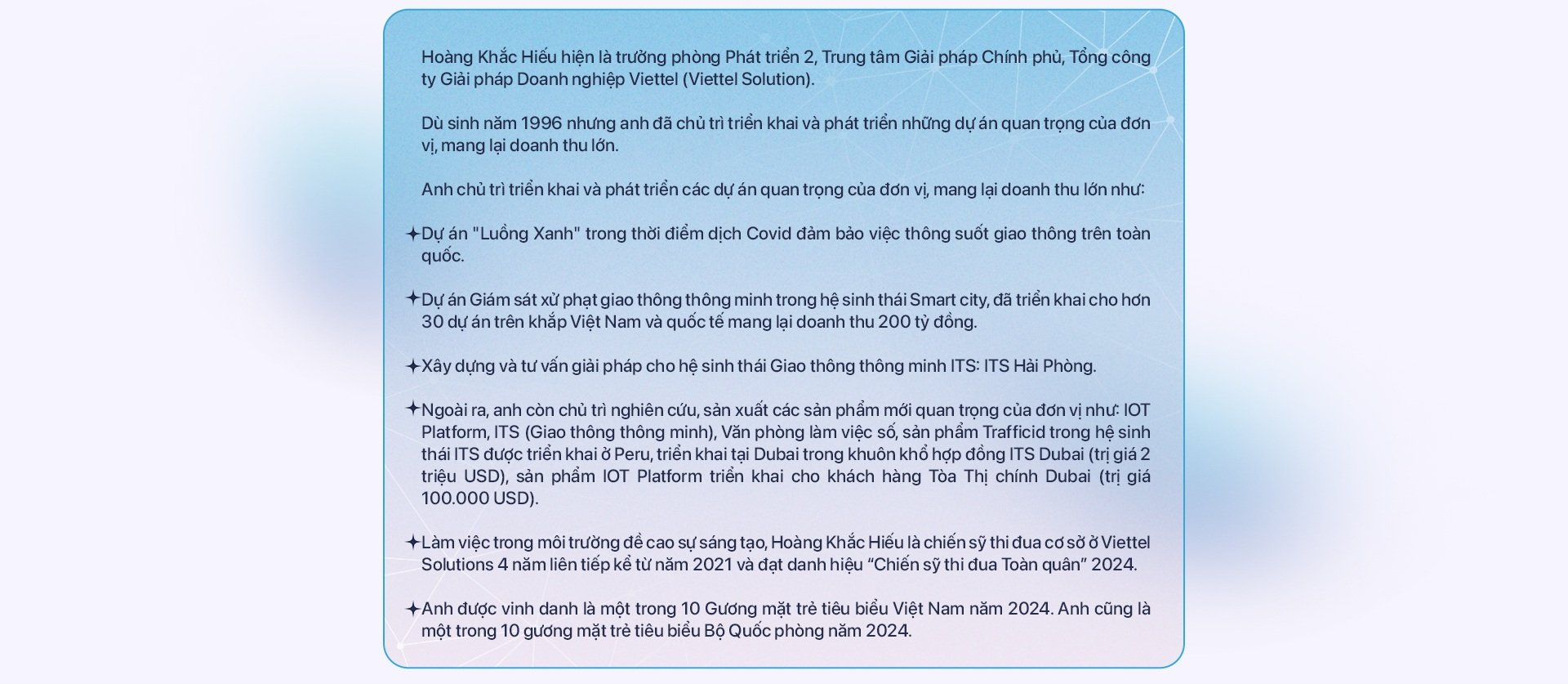

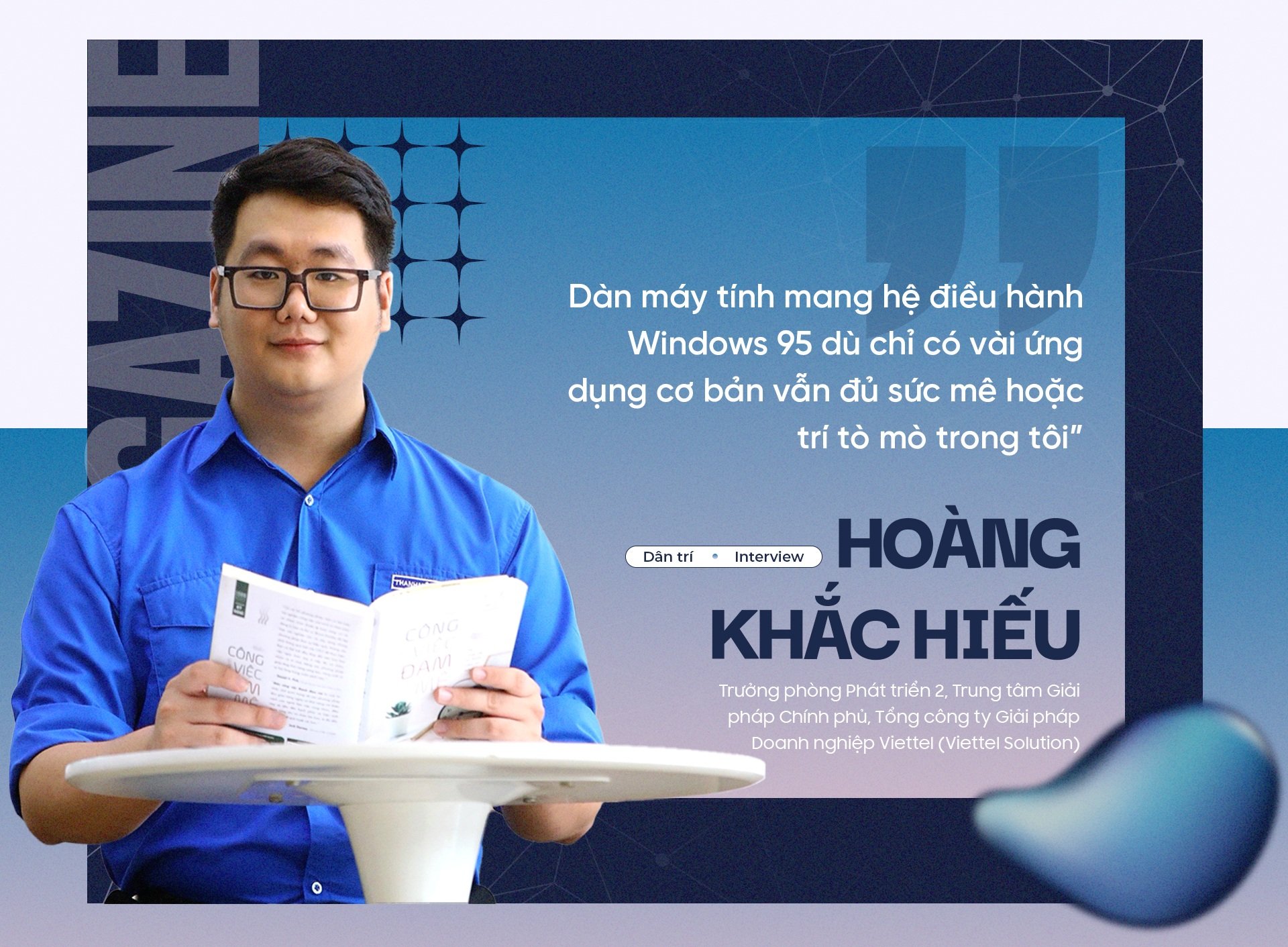
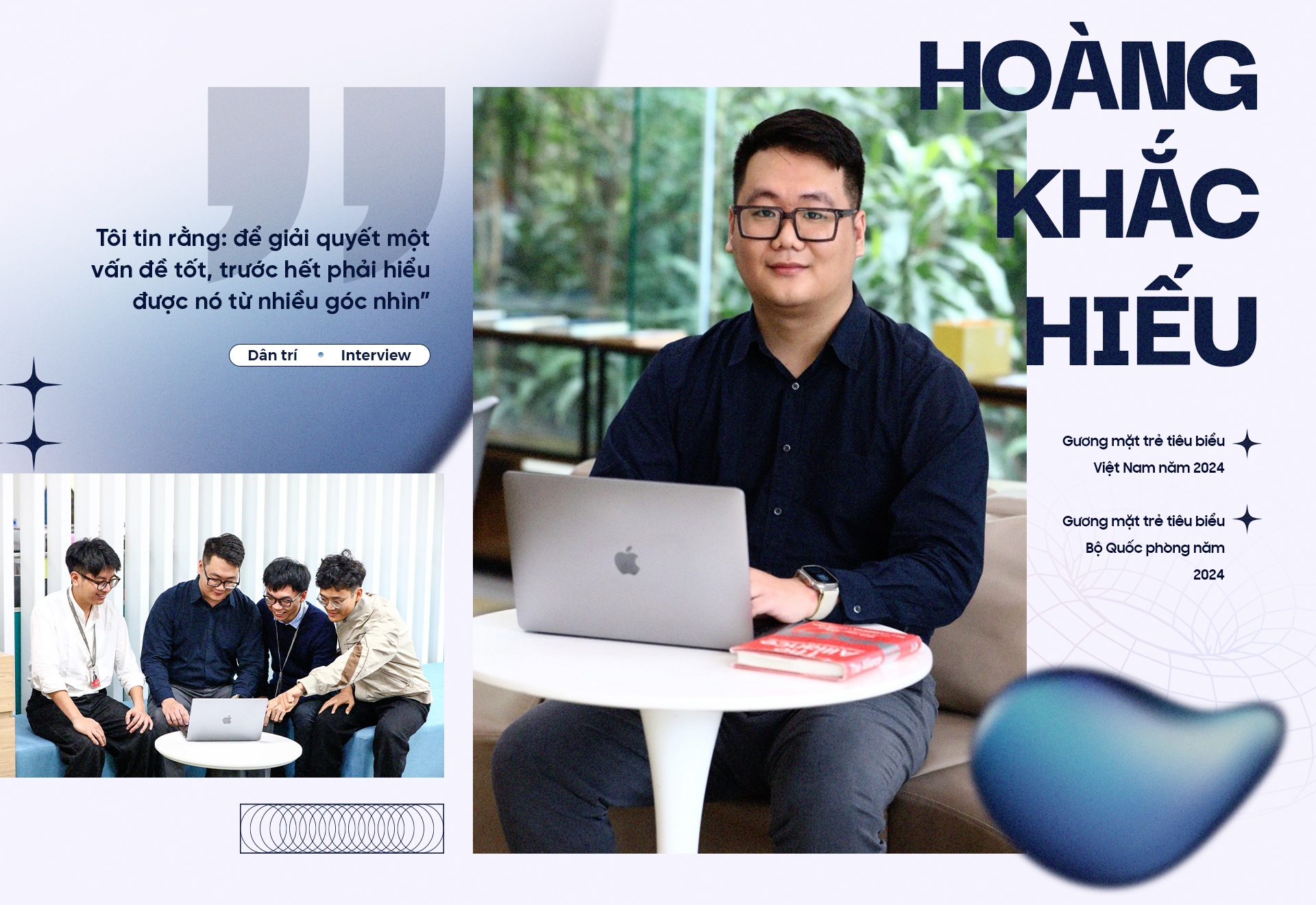

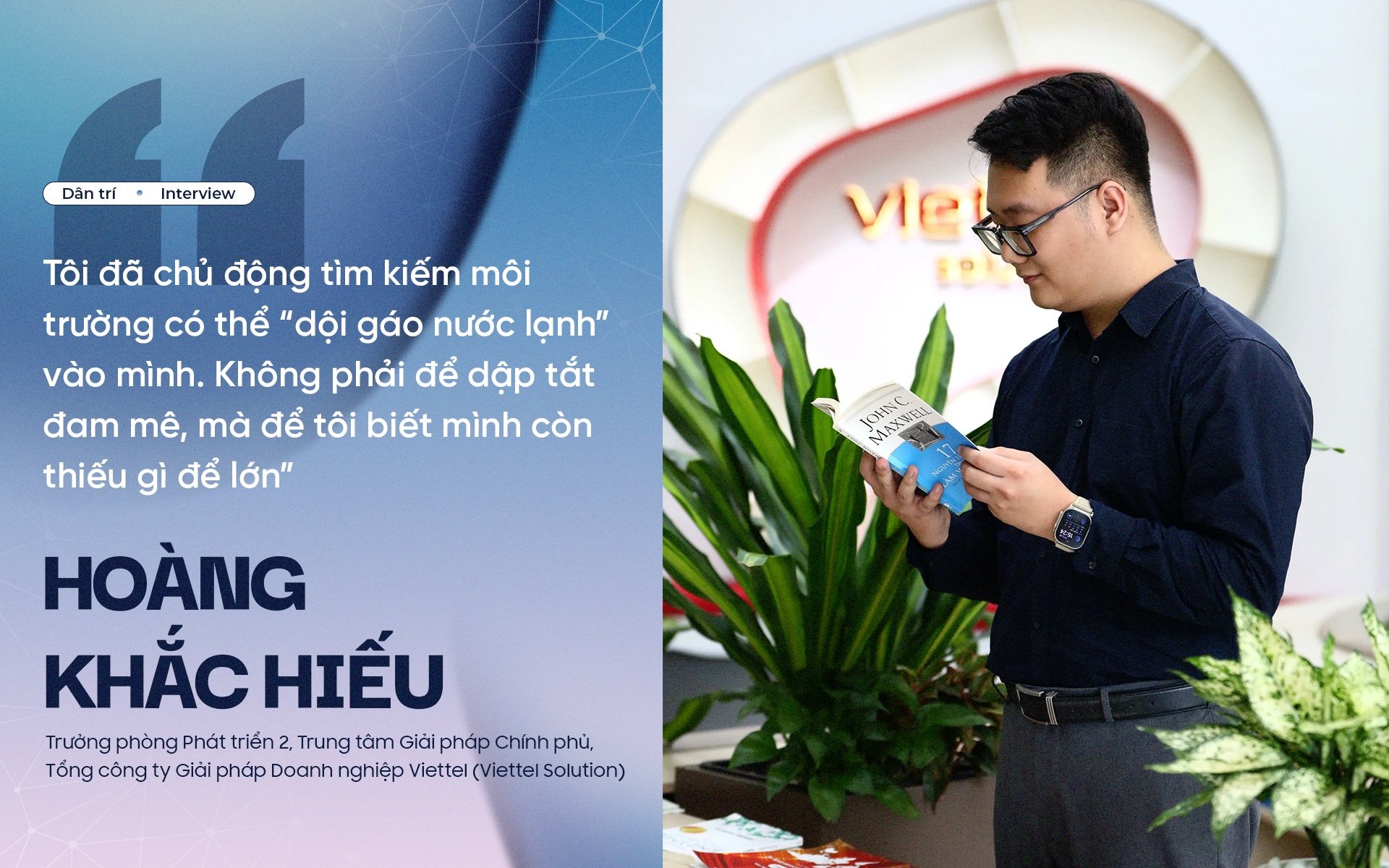


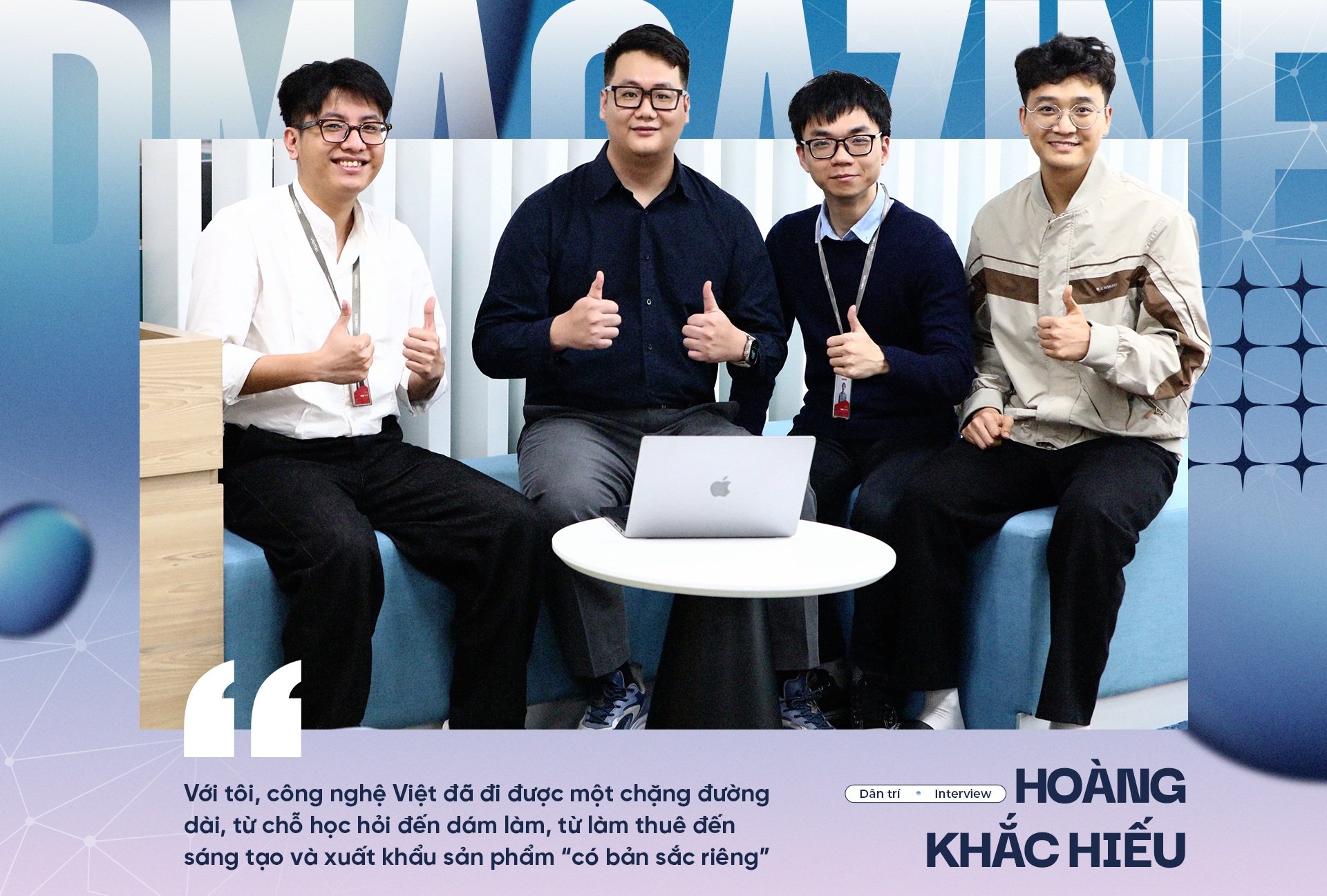
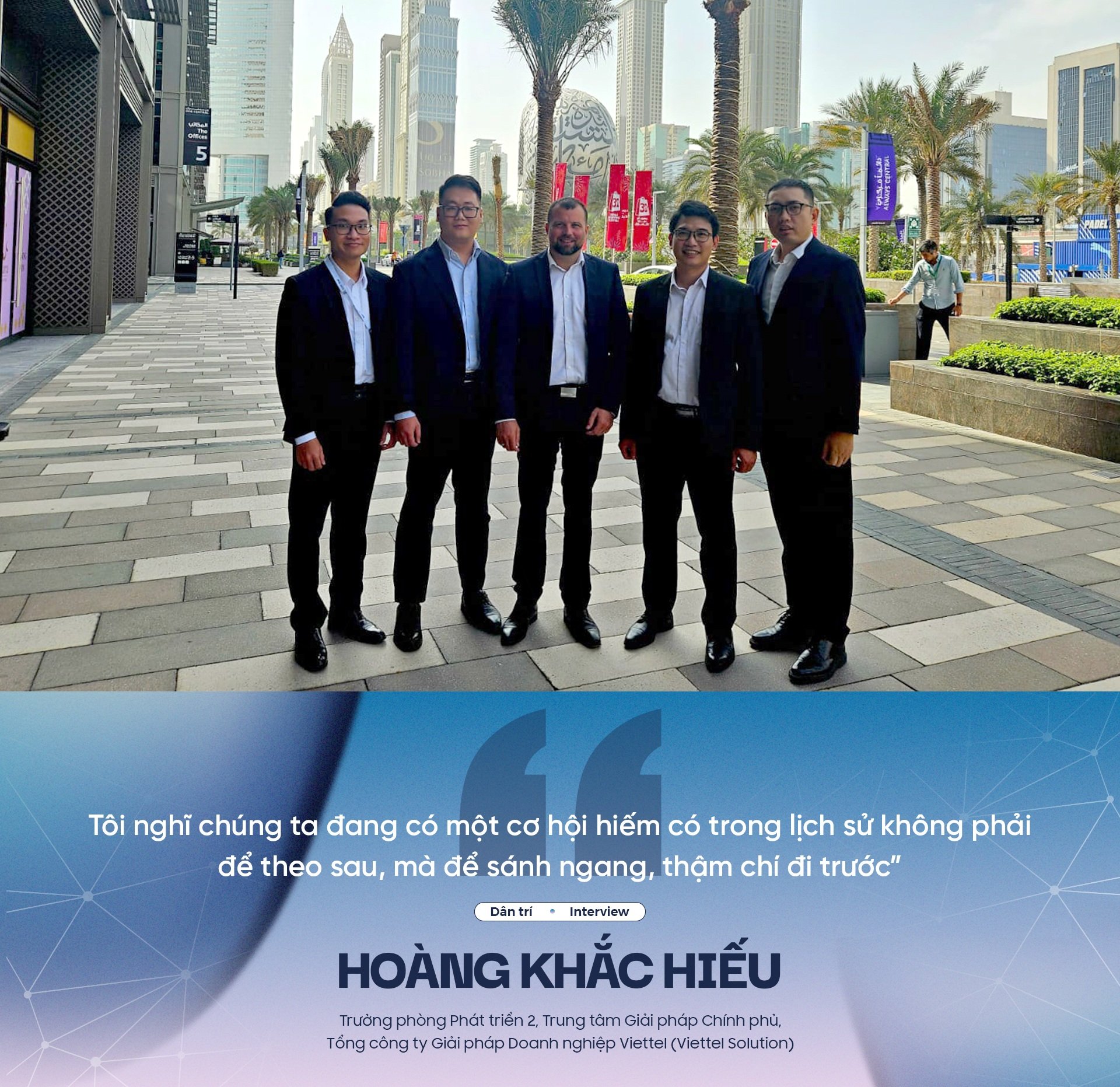
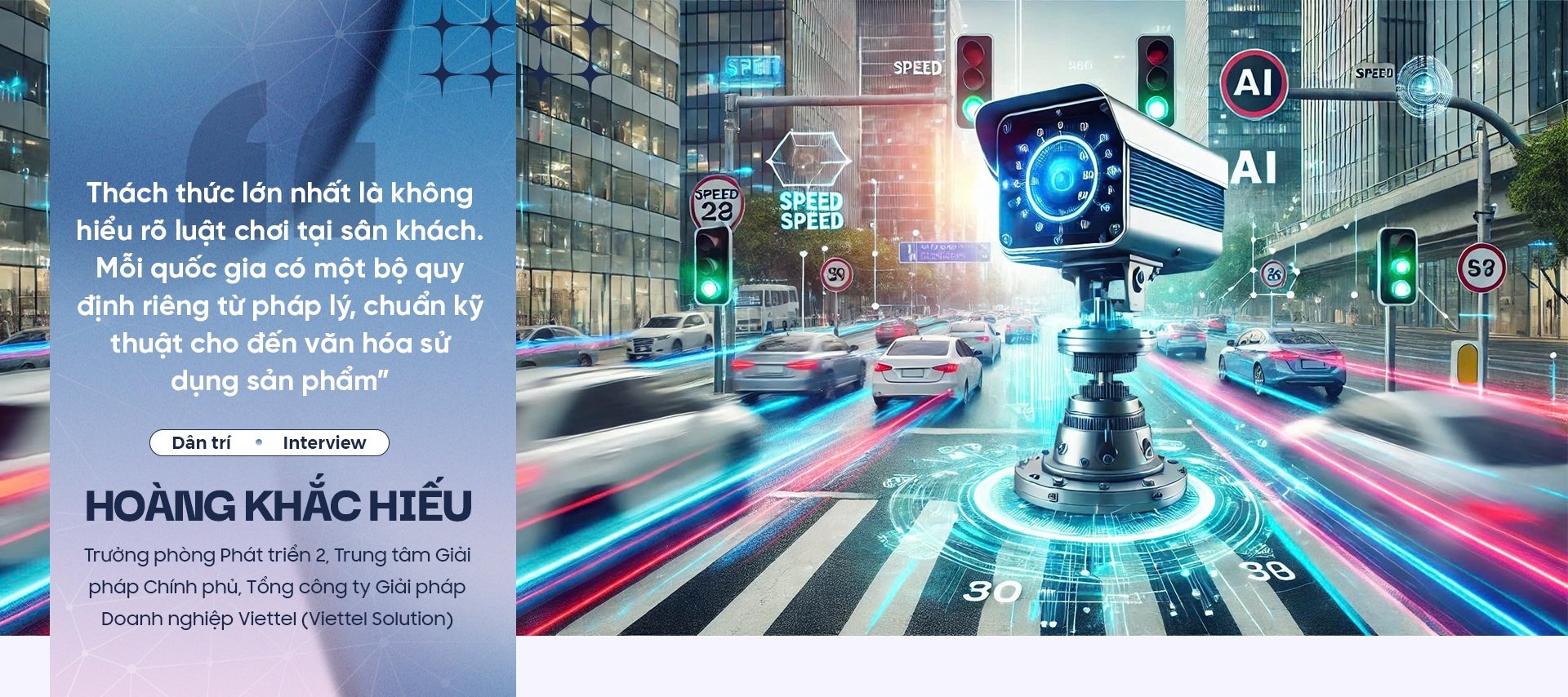
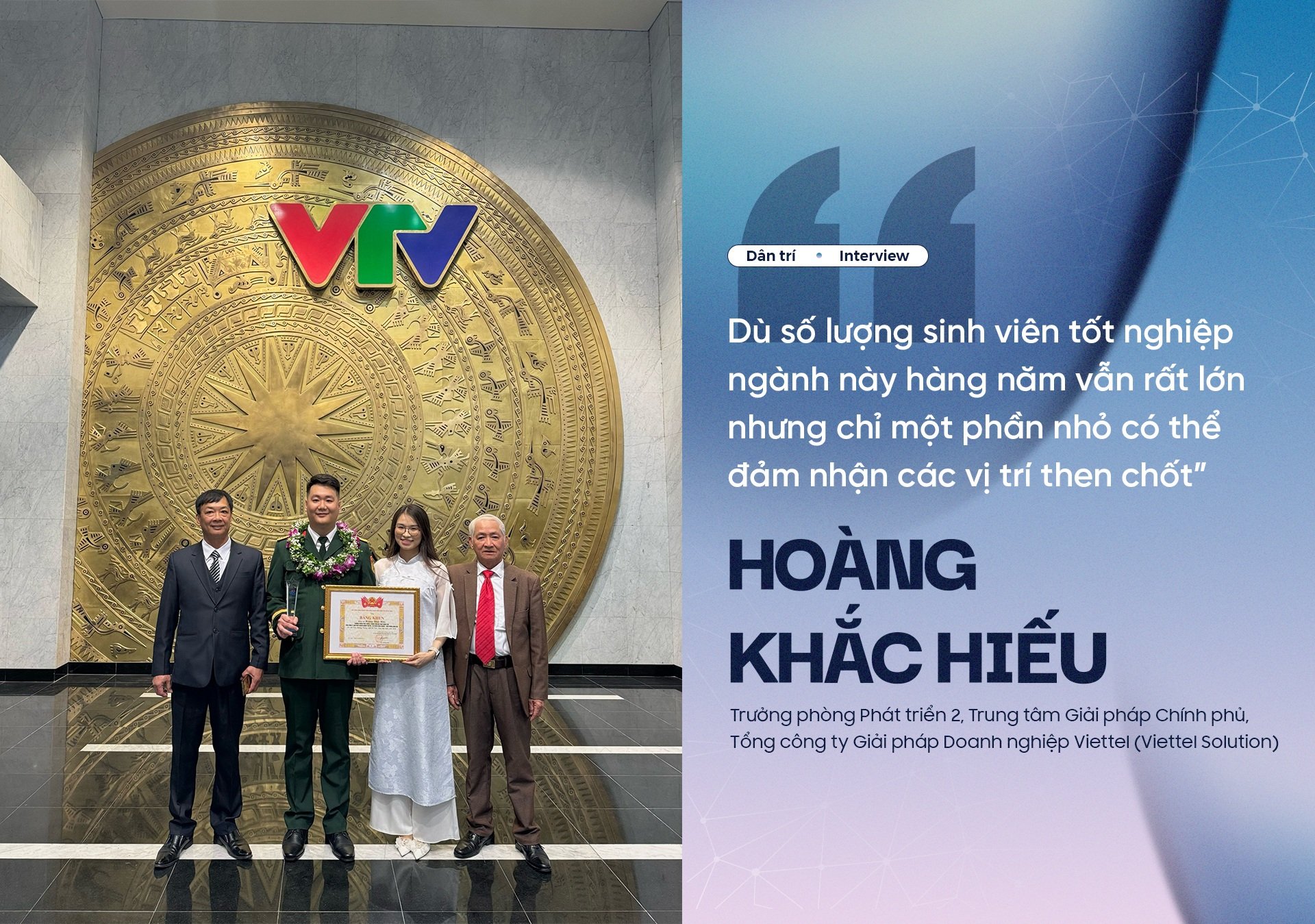

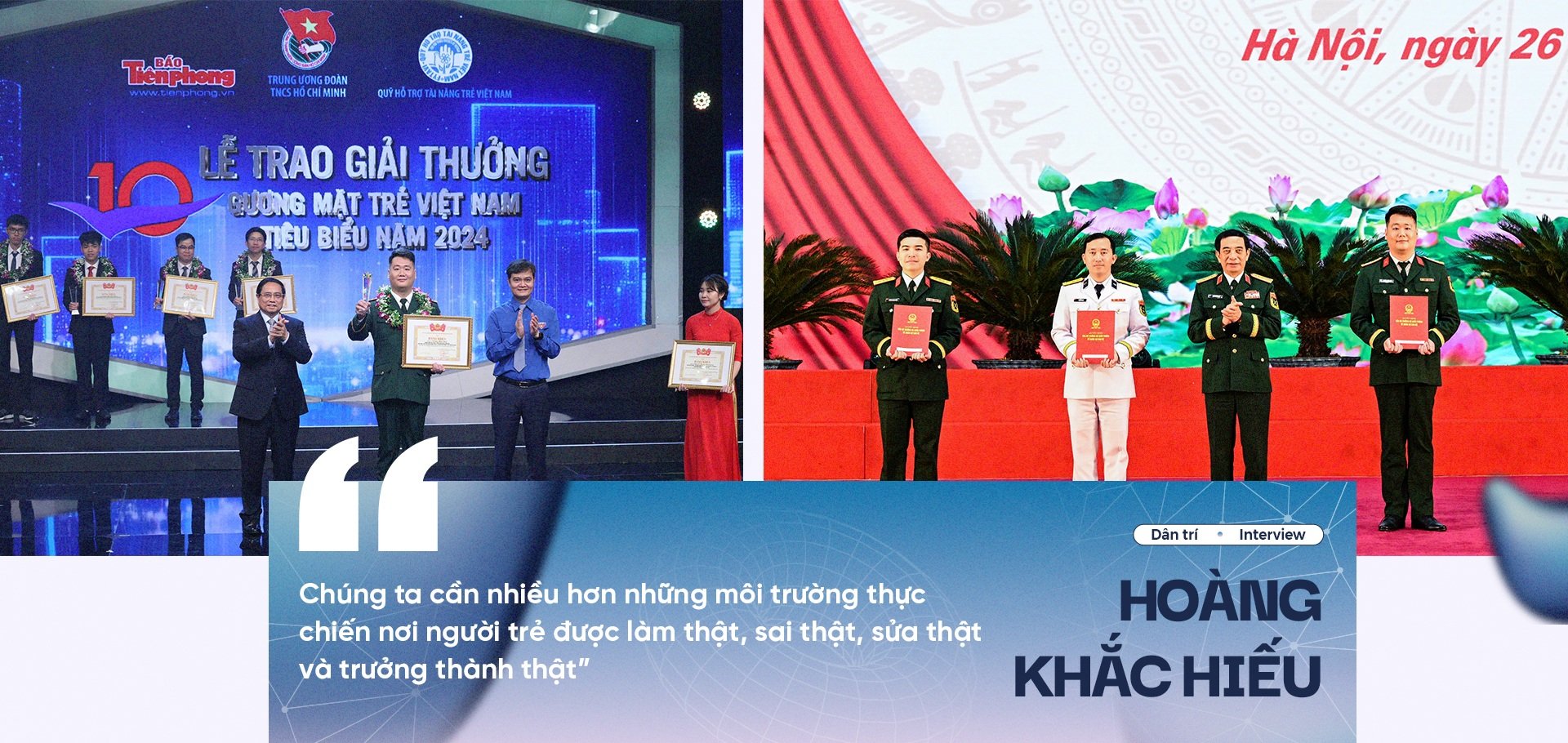
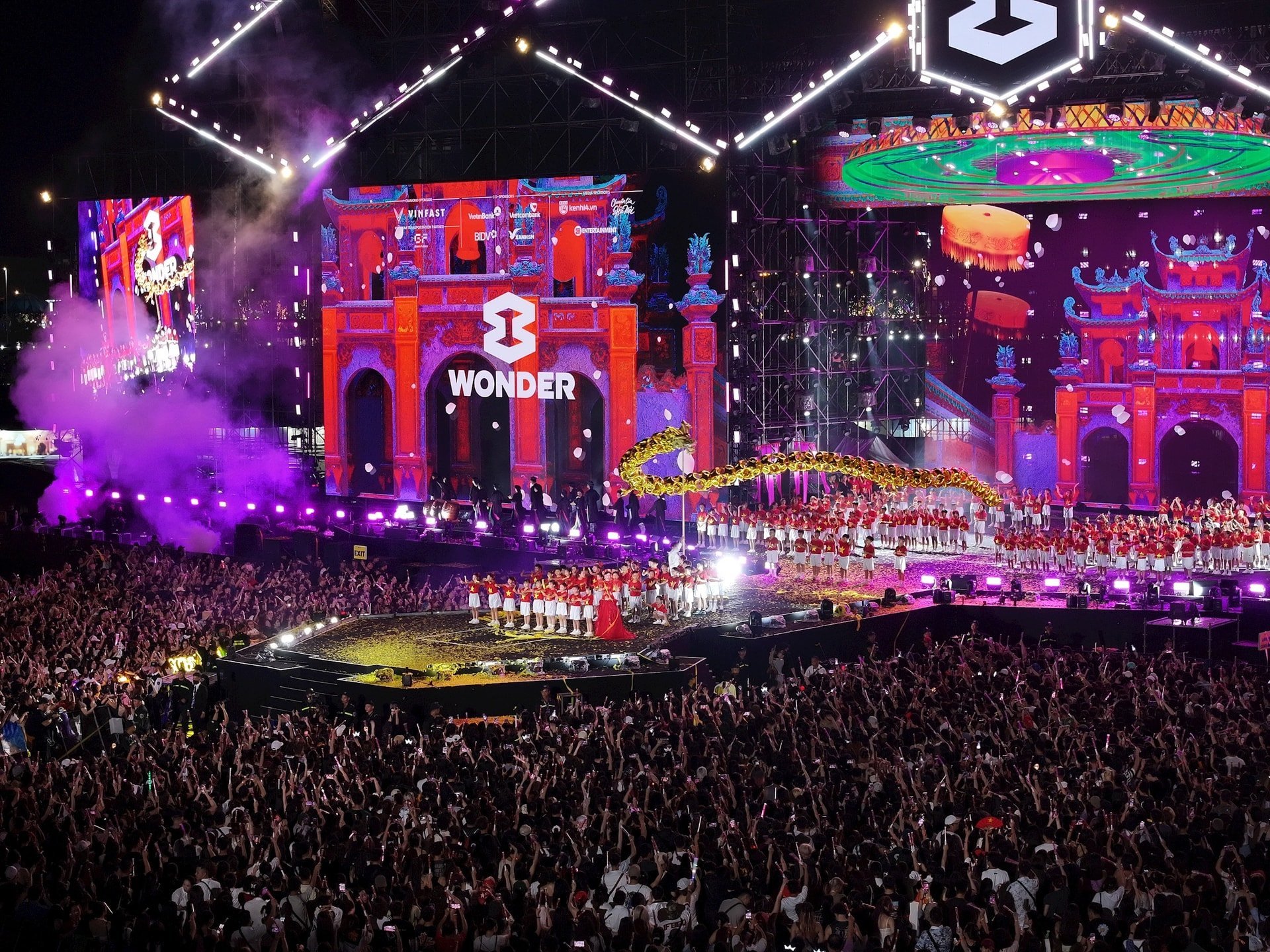


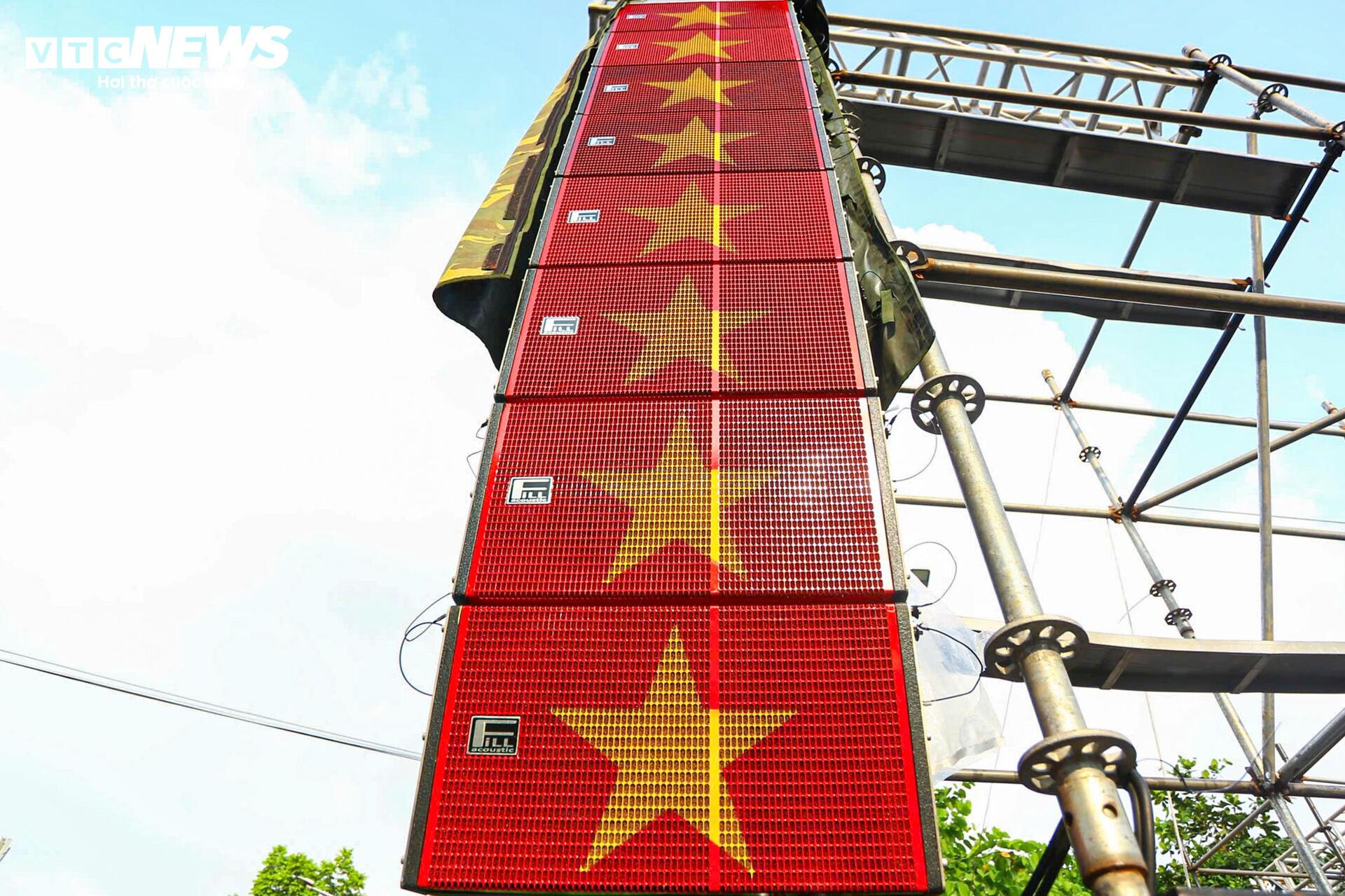
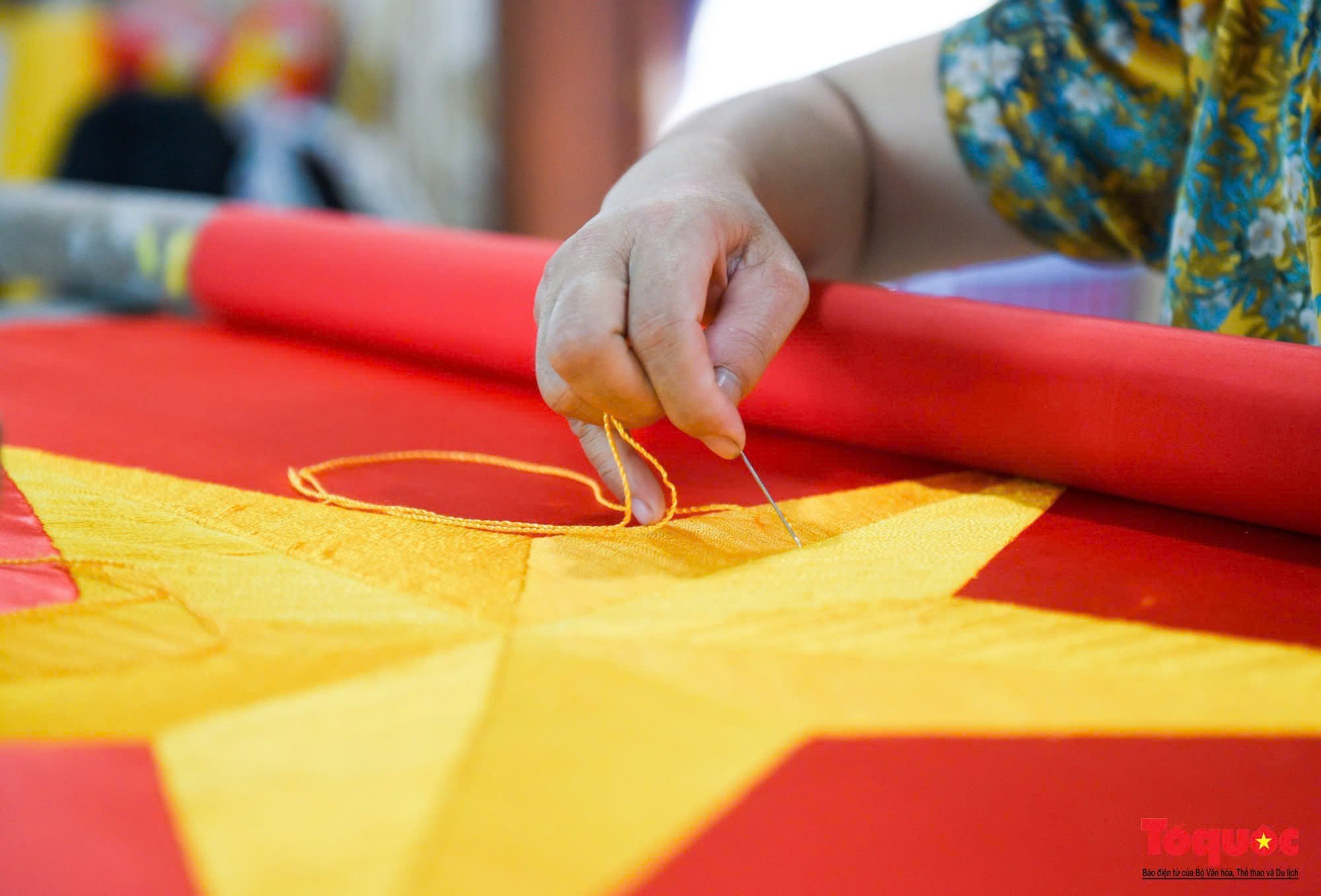
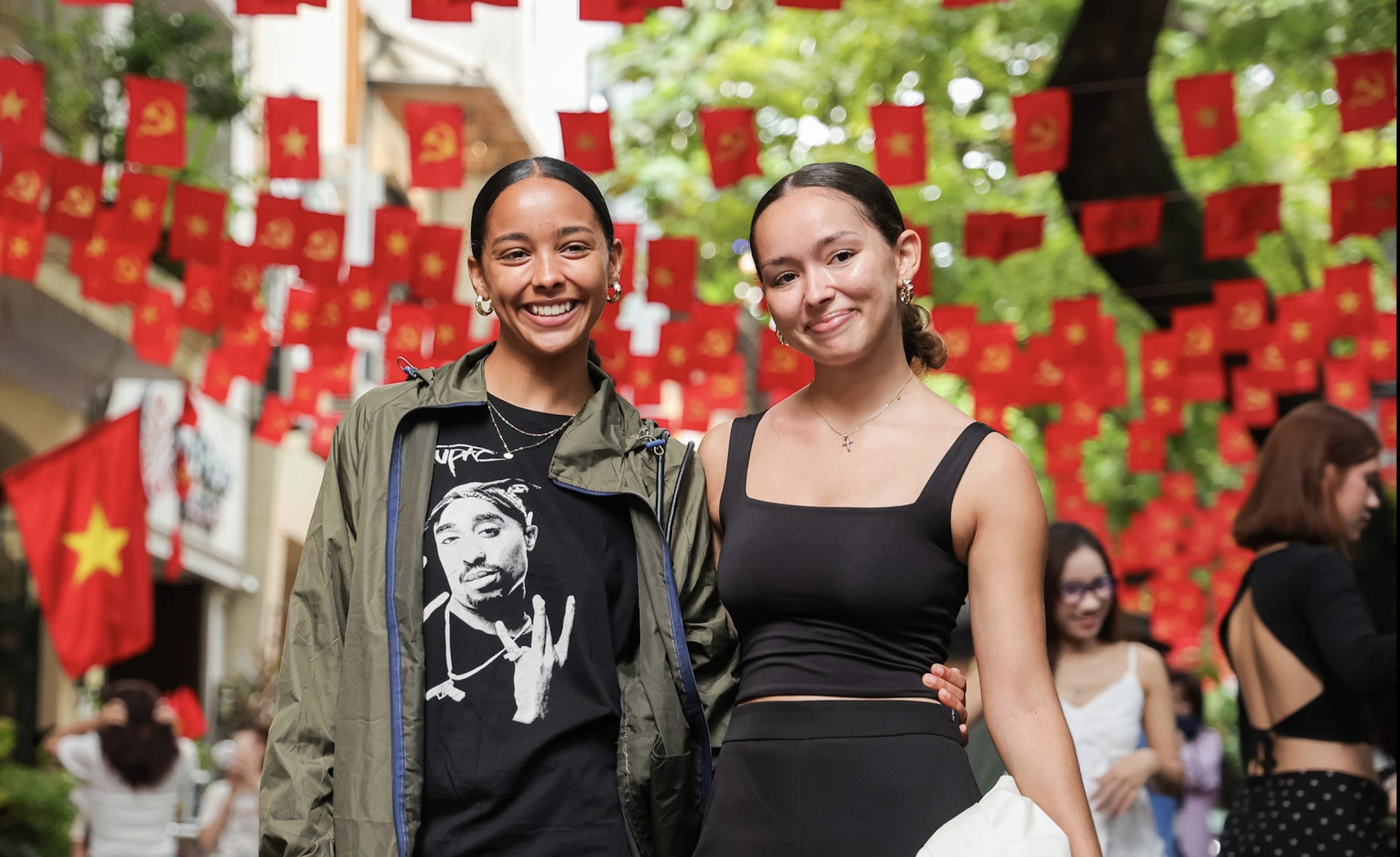
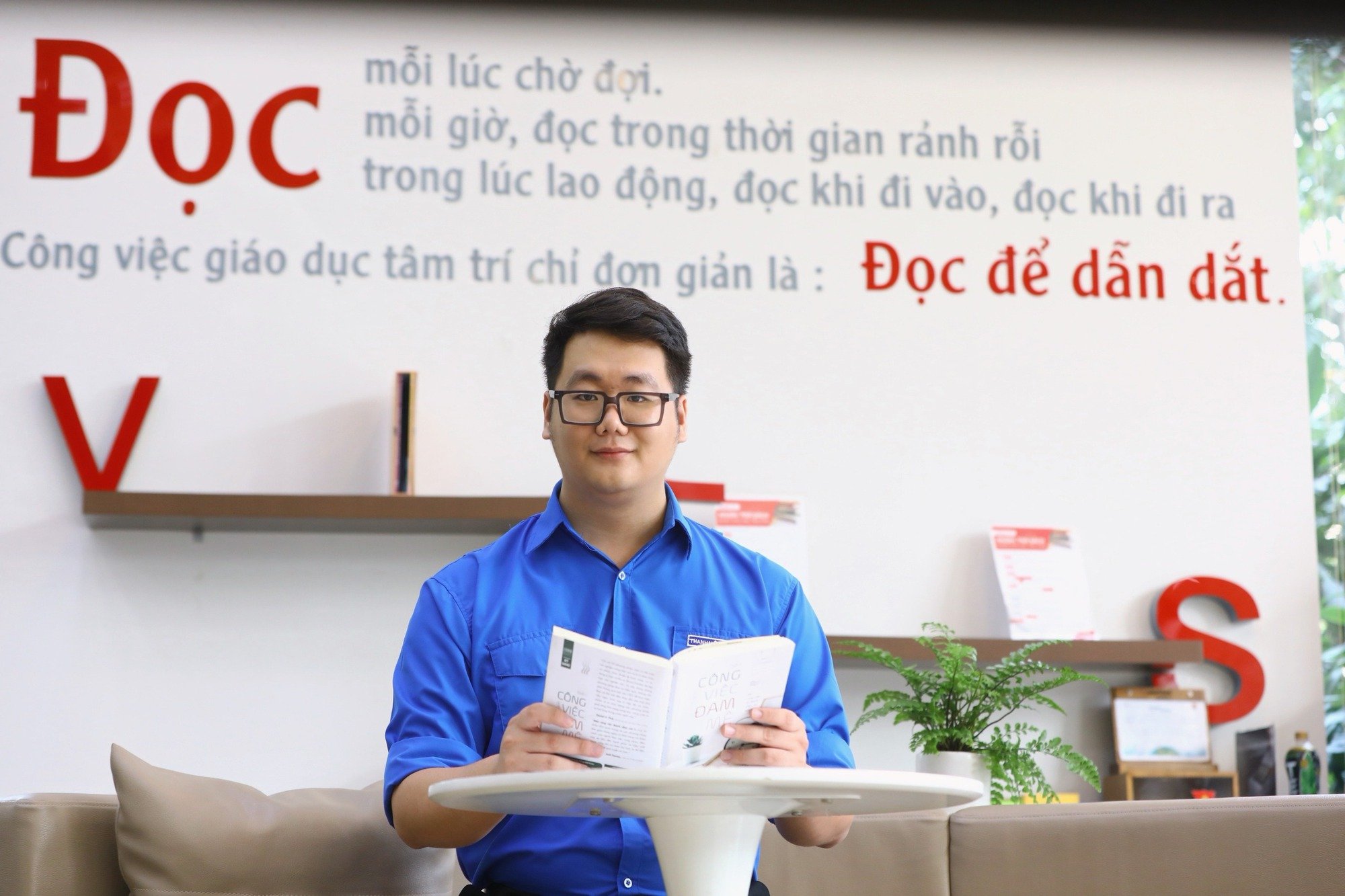

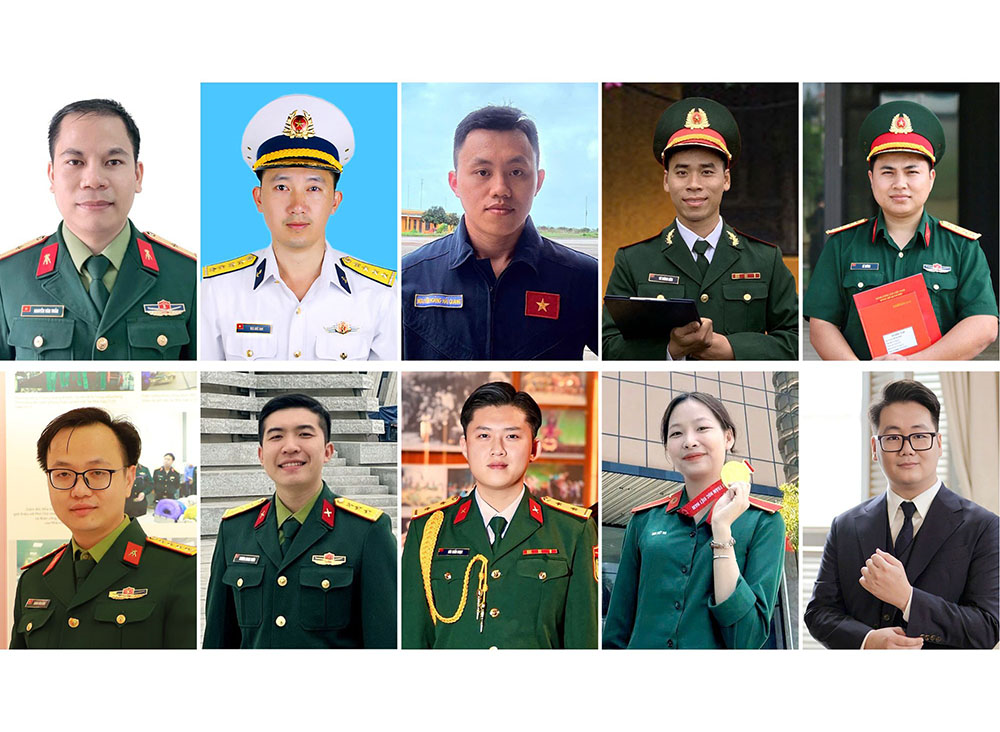

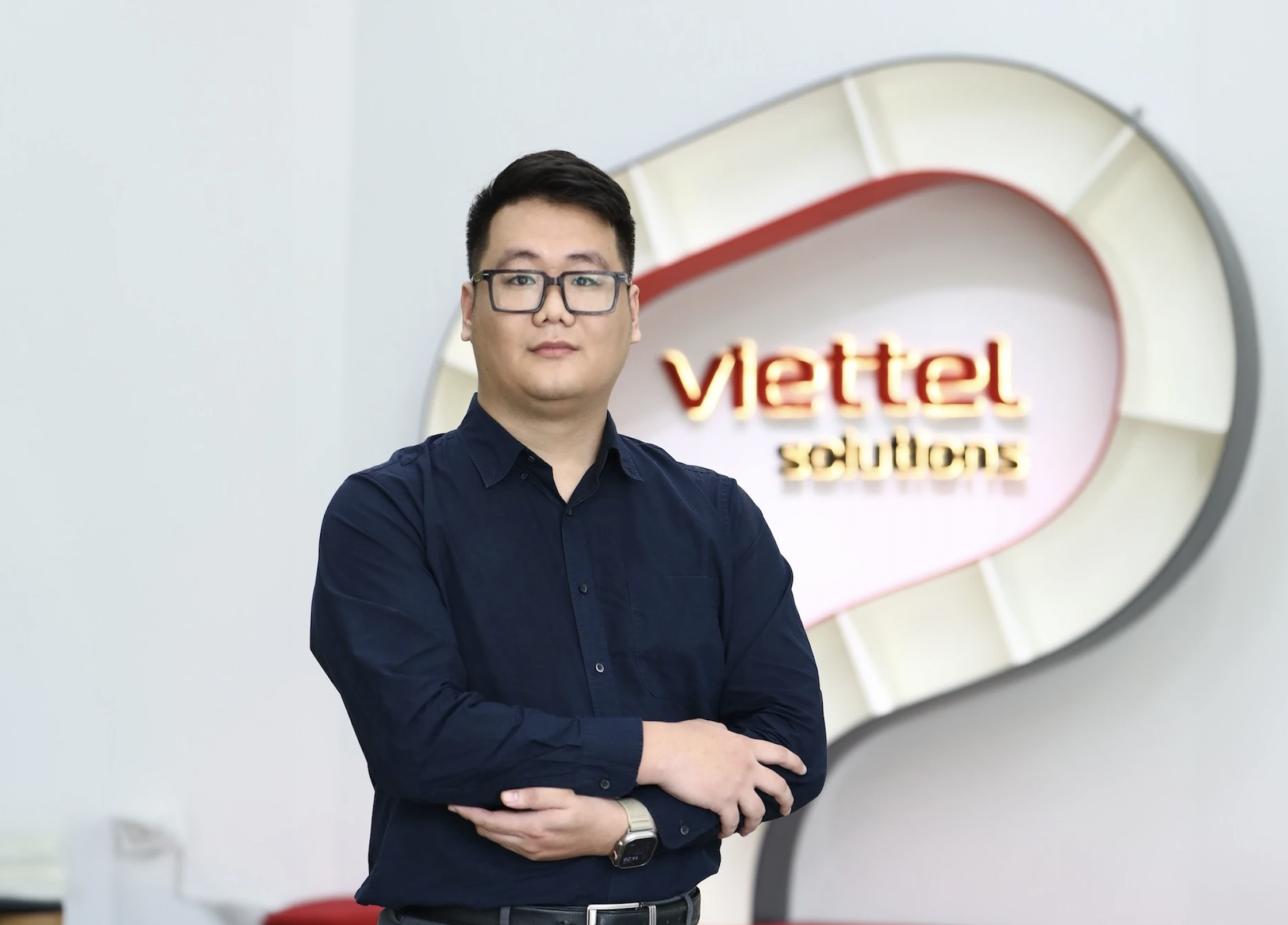

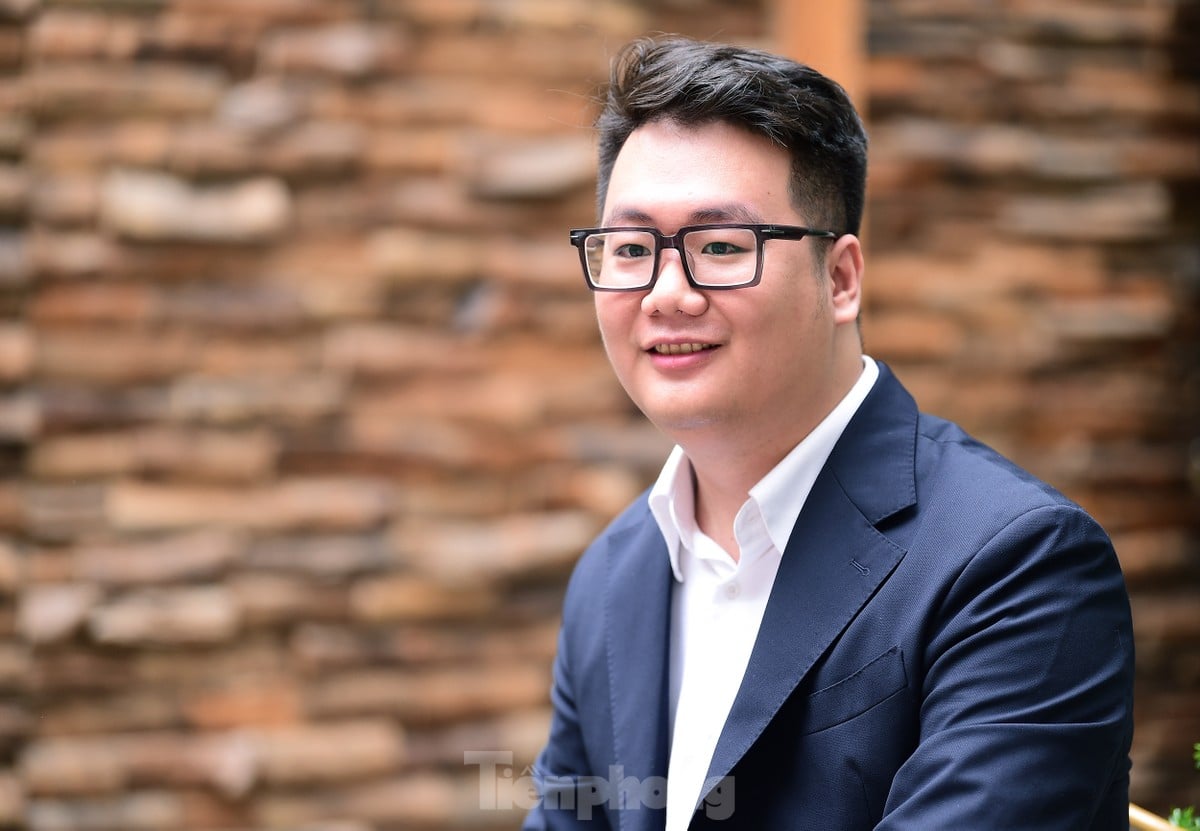


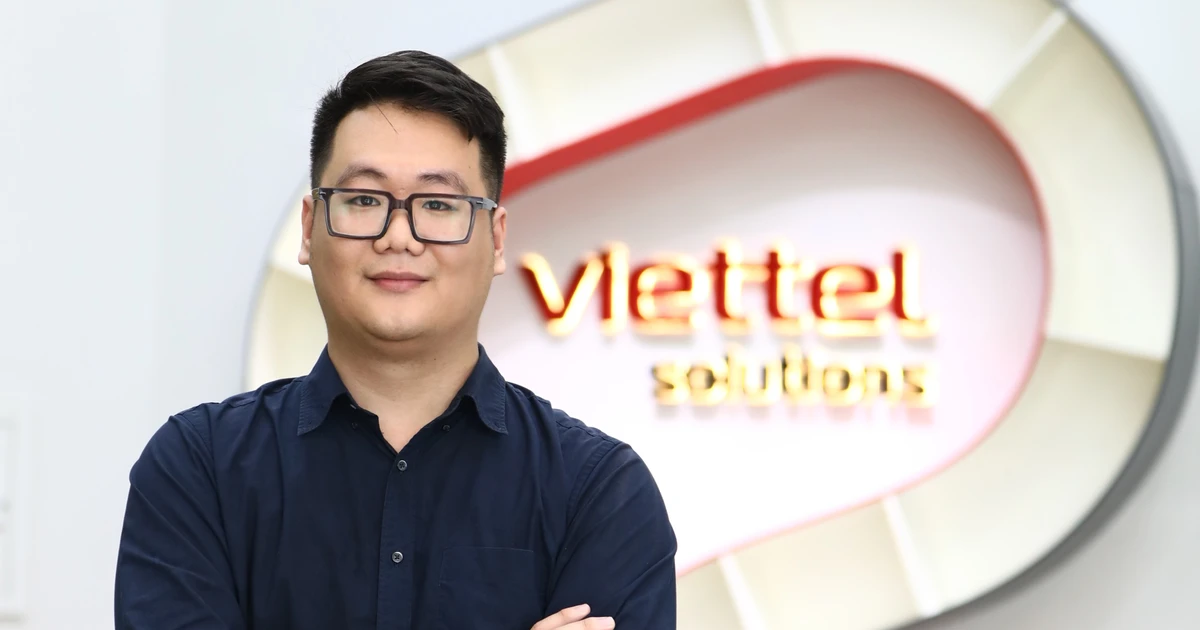

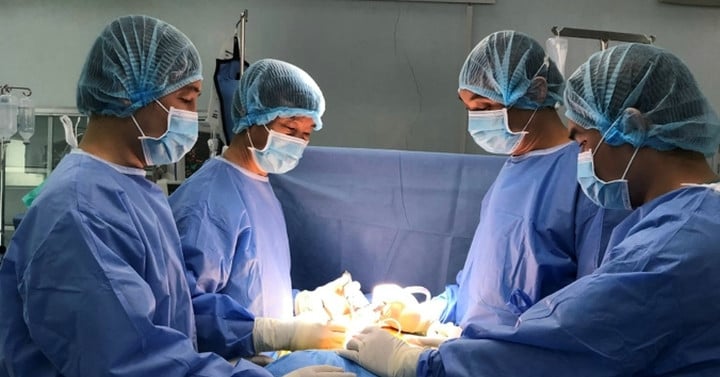

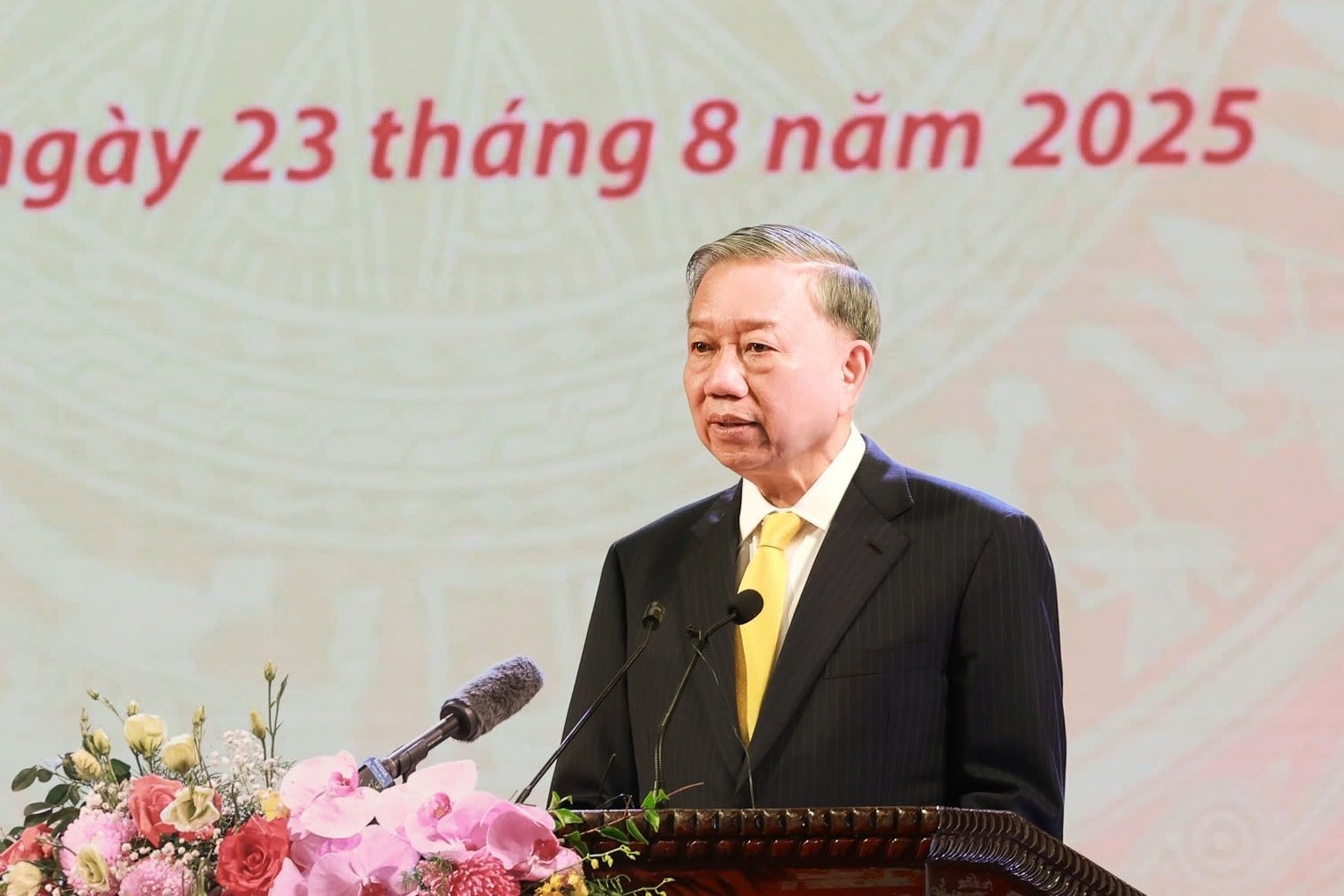



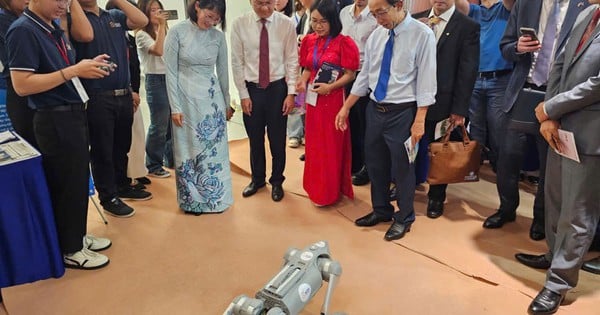

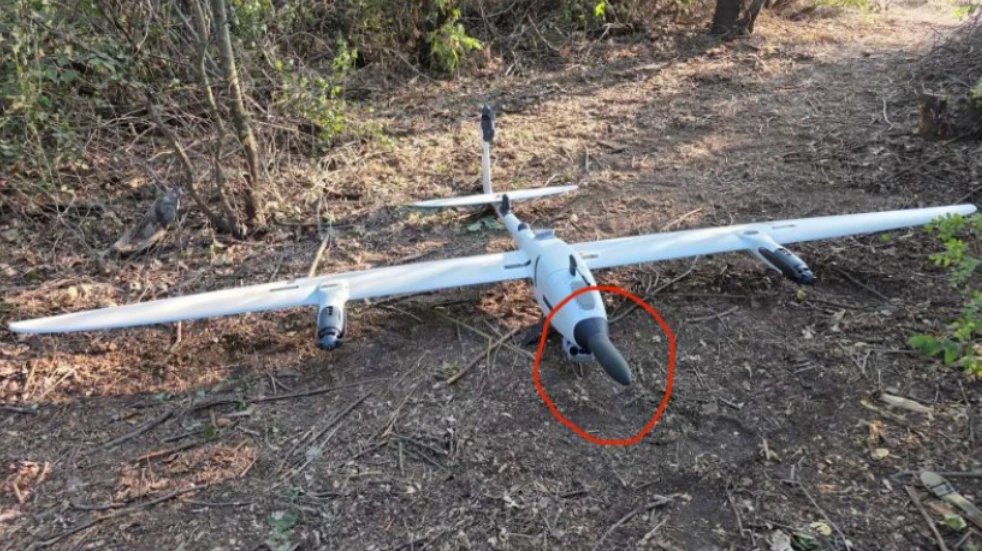

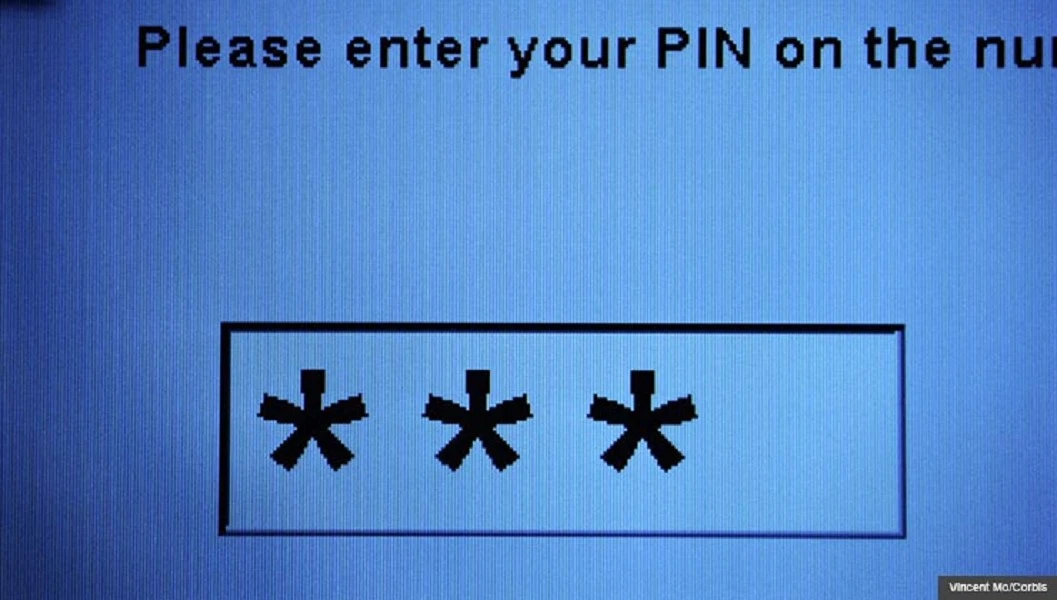



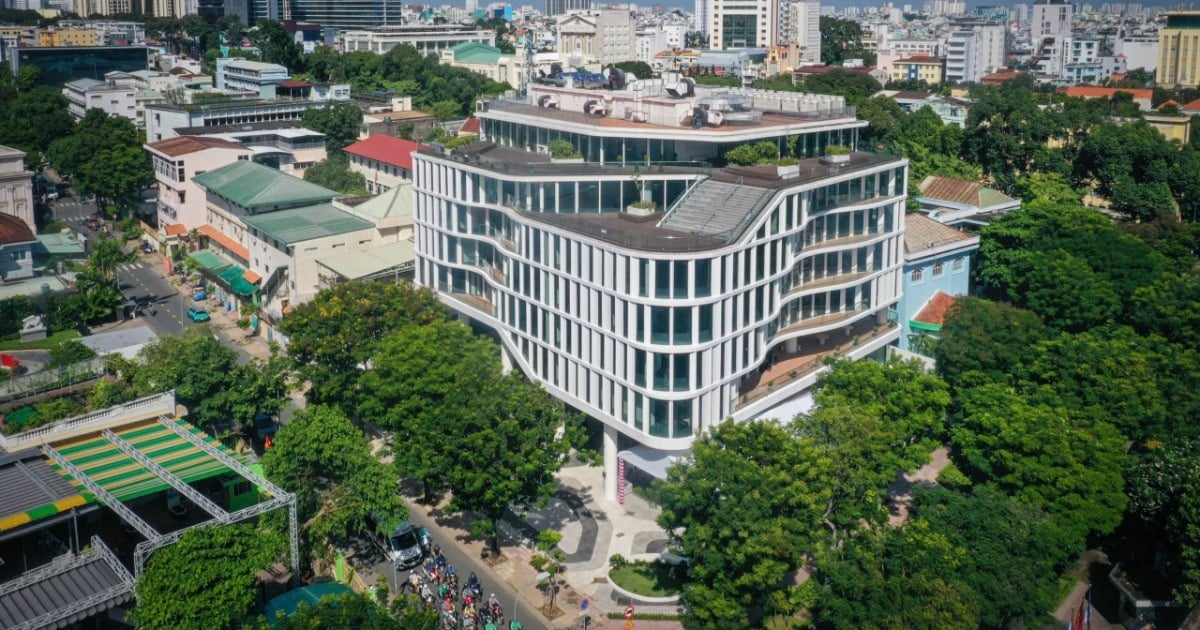

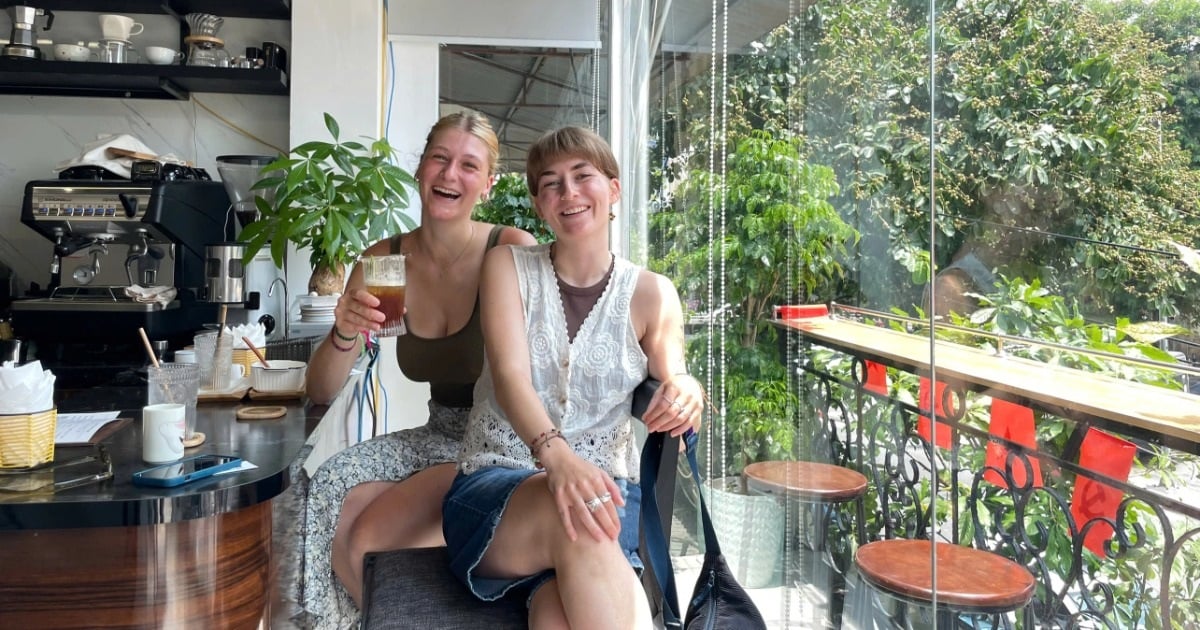

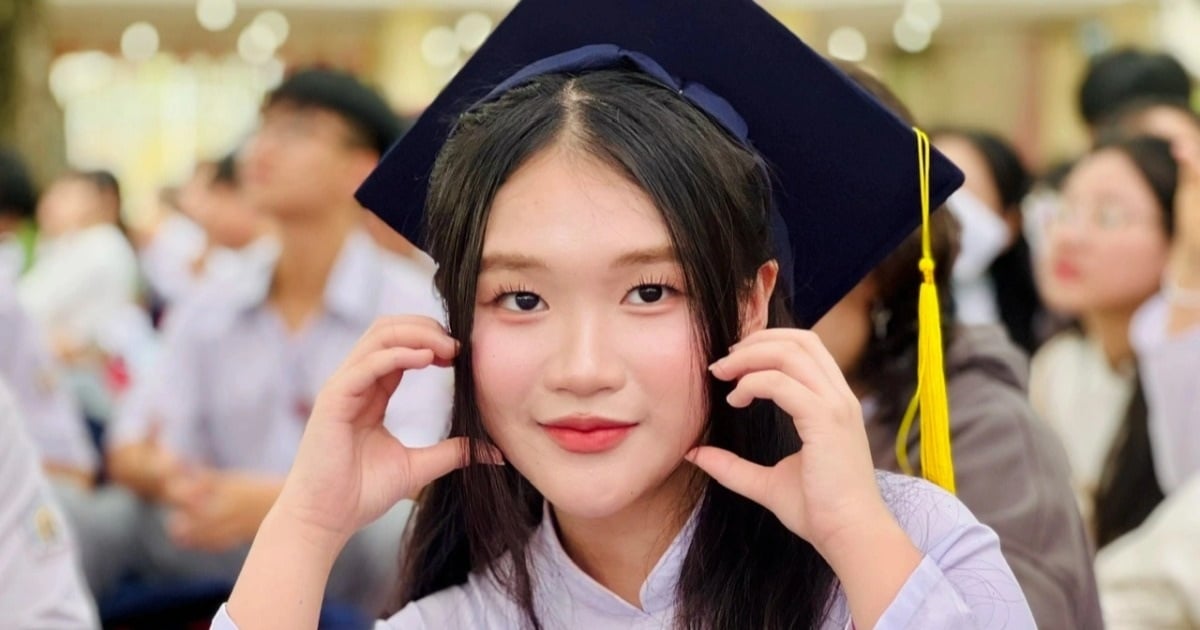





































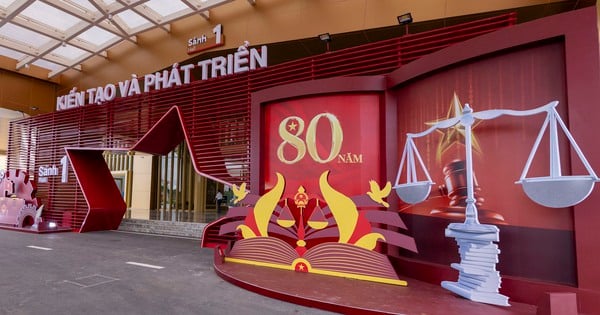



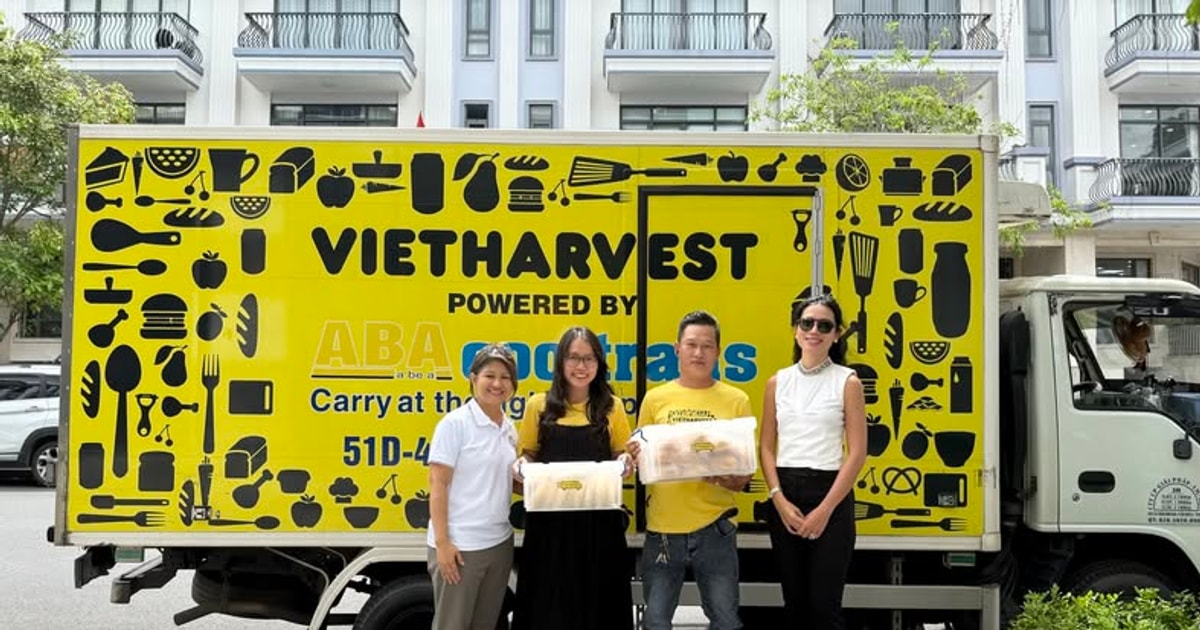

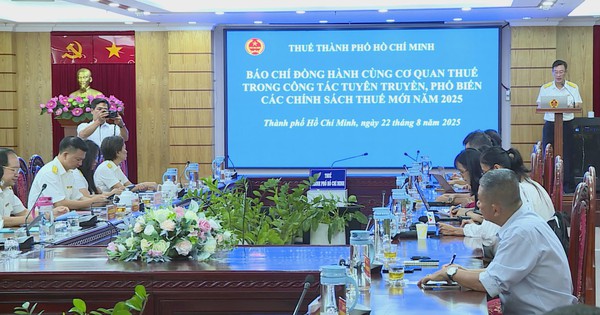


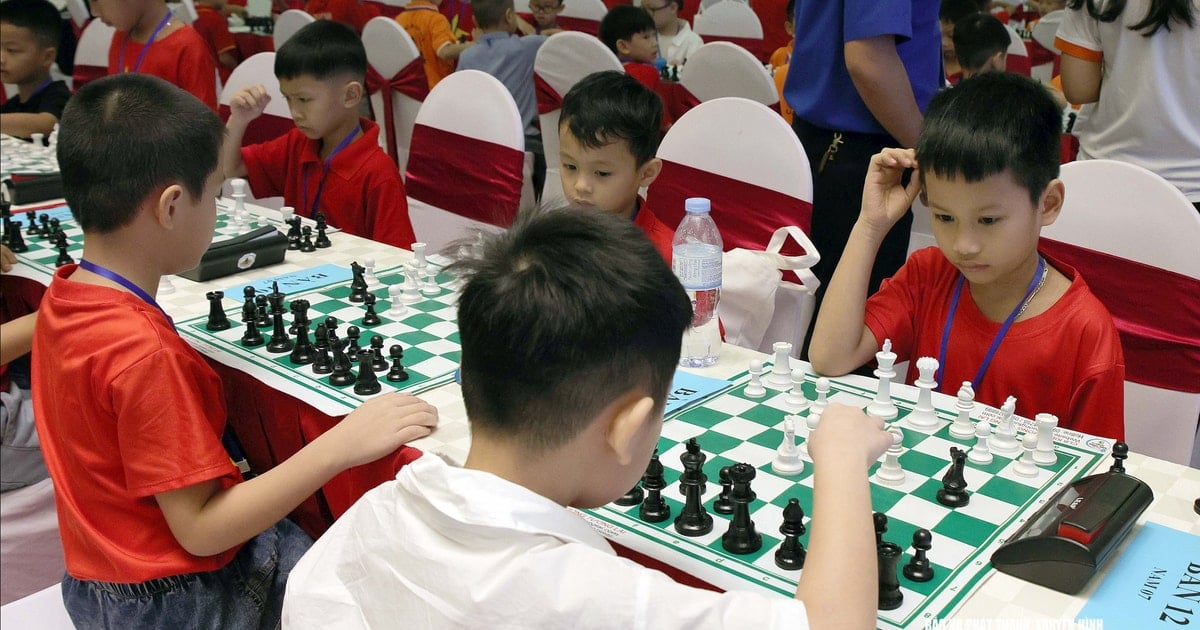

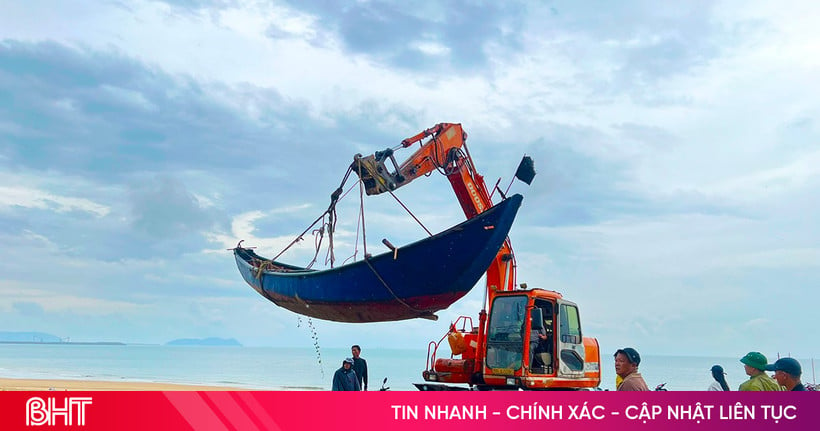

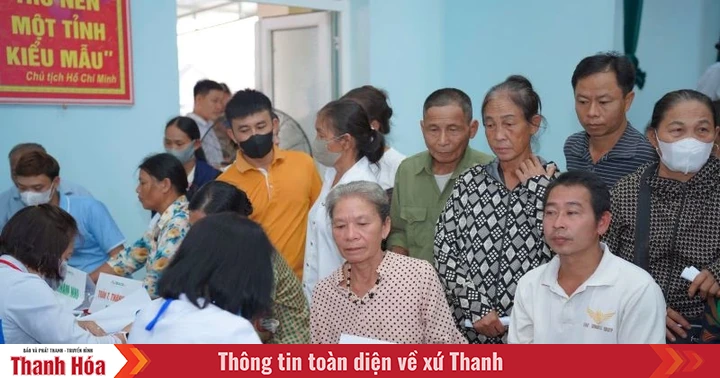














Comment (0)